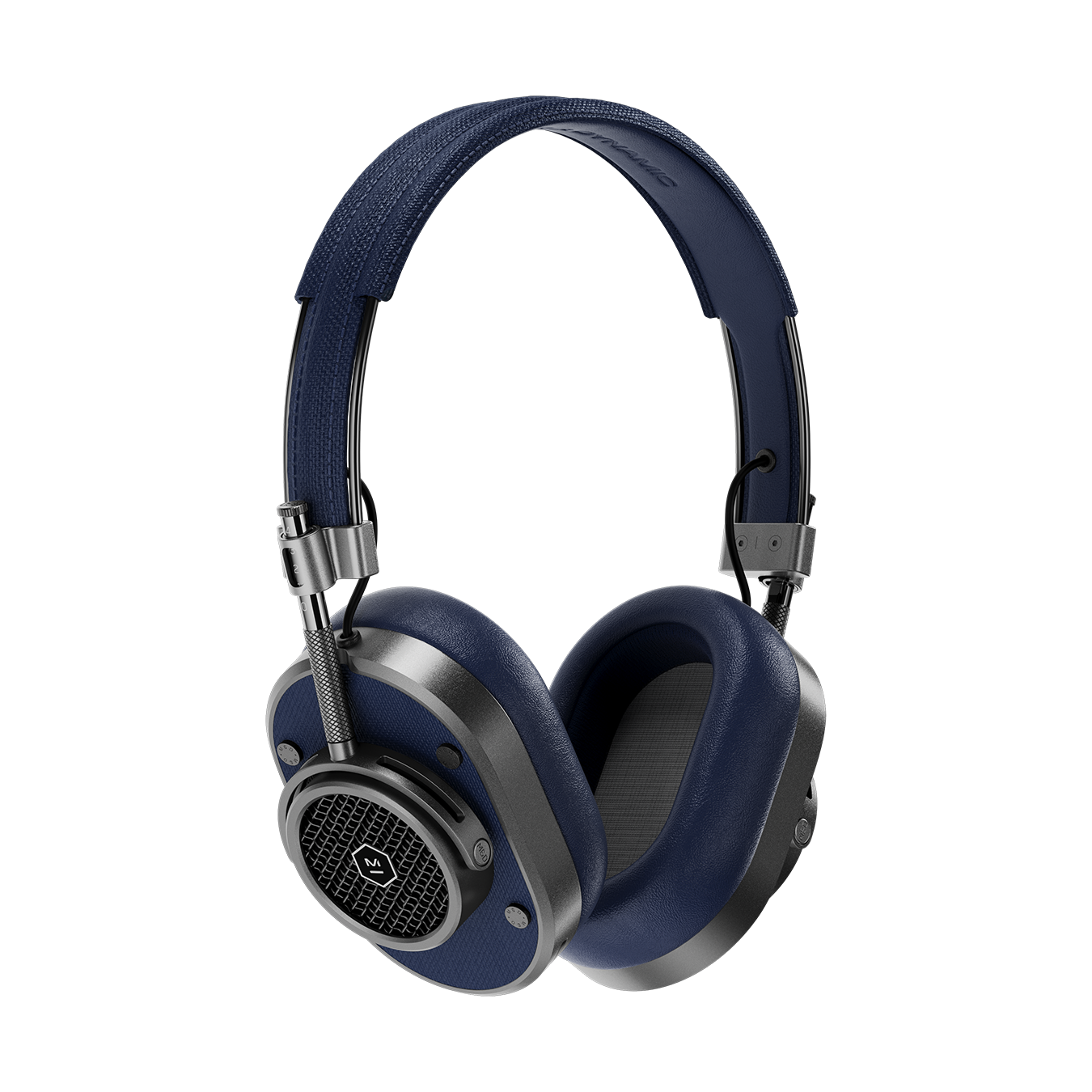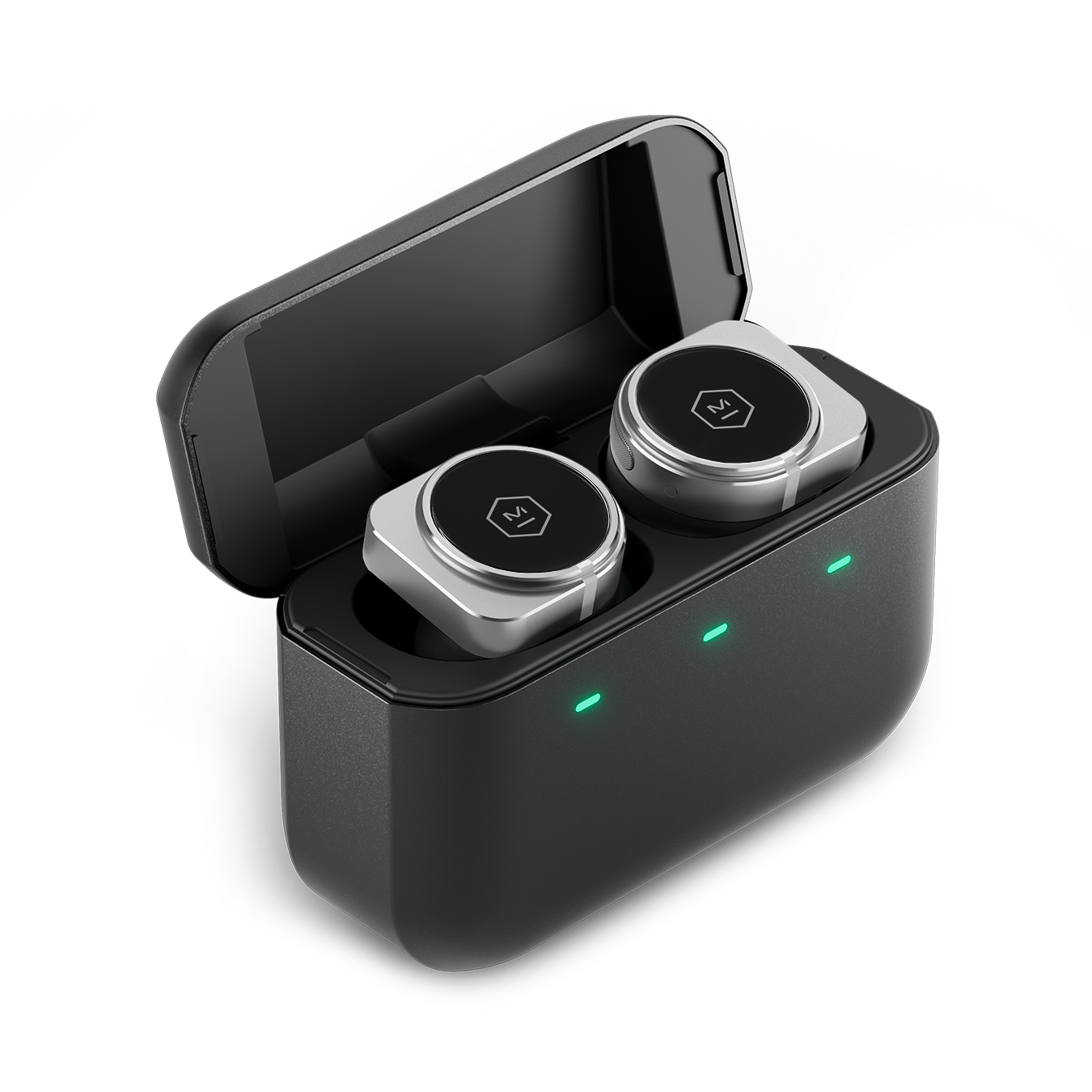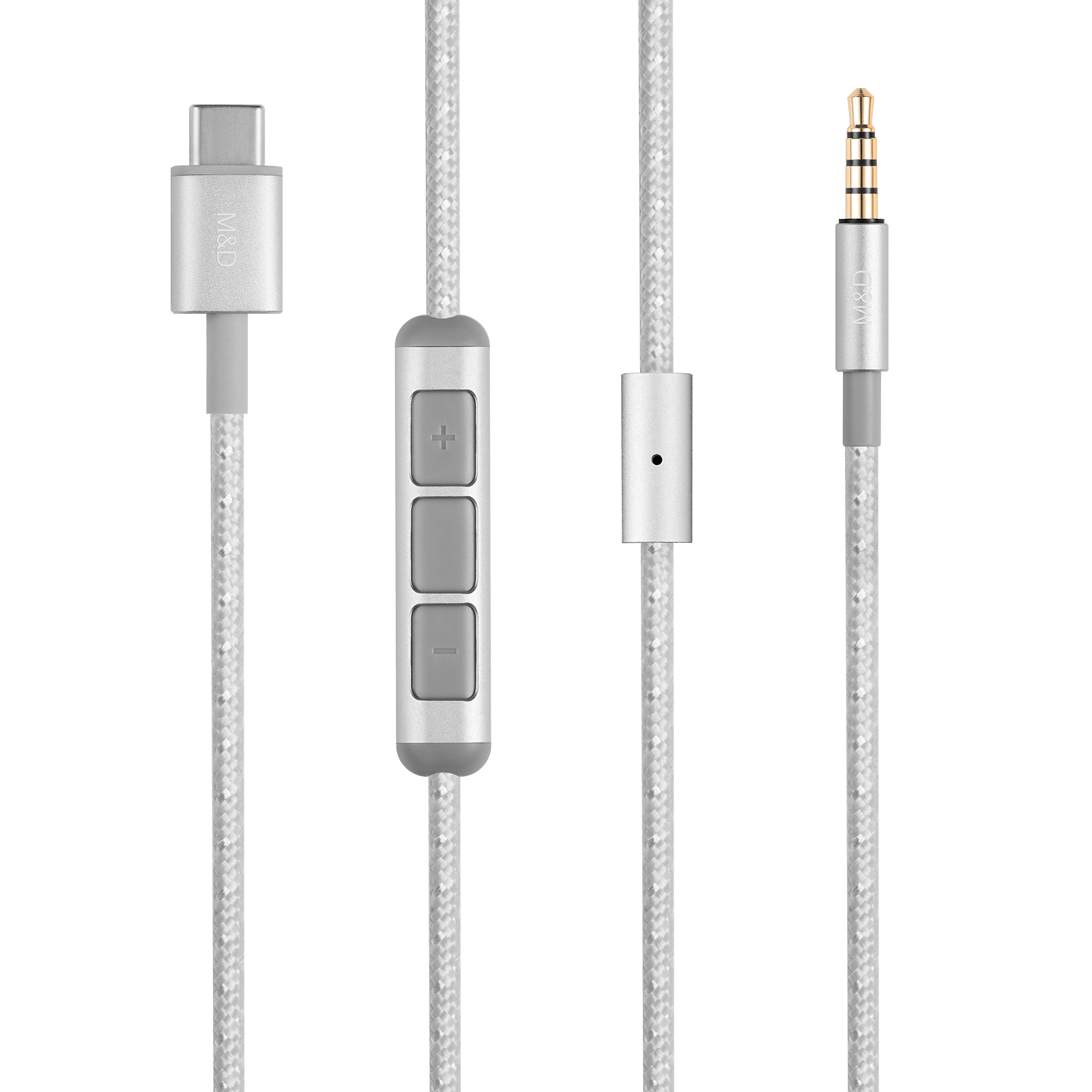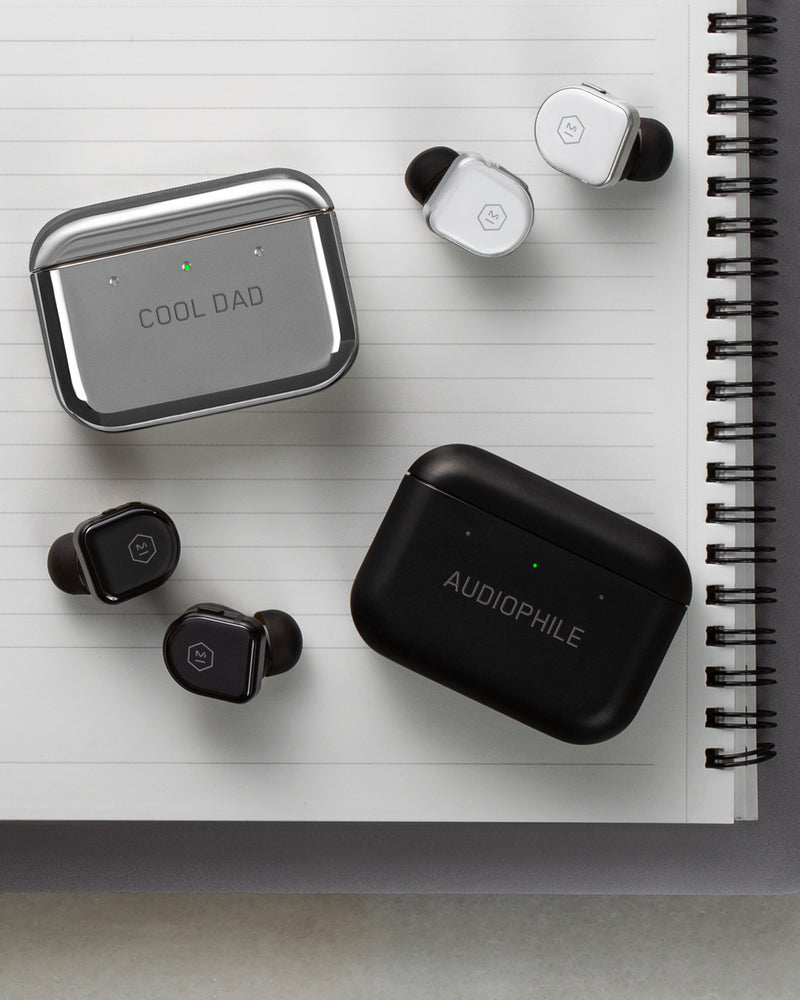What moments stand out to you? Which clubs and artists?
My most memorable nights — the ones that seem to be permanently etched into my brain — are:
Nell's in '87-'88. Frankie Inglese's taste was impeccable, playing new hip-hop, new house, R&B, and club classics, from a DJ booth on the dance floor in a room that had a low ceiling, incredible sound system, and — equally important — virtually no lighting. It was dark, and people got down.
Mars in '89-'90. Duke of Denmark, a DJ who doesn't get enough credit, was the resident at a party called Trip on the second floor. Duke would spin to a hip-hop crowd that really liked to dance, while the Almighty Kay-Gee of the Cold Crush Brothers emceed. From week to week, a who's who of emcees would show up and, unannounced, get on the mic and rhyme over original breakbeats cut up by Duke: LL Cool J, KRS, Ultramagnetic, Jungle Brothers, Chuck D, and more. Duke, who had really great taste and was into dance music, started introducing classics and house to the Trip crowd, each week playing a little more than the precious, to the point that the night had a split identity: Up to 1:30 or 2 AM it was hip-hop, but from then on, classics and house. Duke really trained this crowd. Every week he would play the gay anthem "I Was Born This Way" by Carl Beam and in time, it became a staple. I remember hip-hop dudes asking him when he would play it. They loved it, despite the hip-hop scene being so homophobic.
How much of the '80s and '90s NYC club culture survives today, and how do you feel about the state of the culture today?
As long as there is music and young people, there will be clubs, and as for NYC, I don't doubt that there are great parties. But I think the difference between now and then is that [now], young people live in bubbles. Because of the Internet, they can be into all kinds of music from different scenes, even different cultures and countries. That's great — but it doesn't beat the real thing. Clubs, from what I've experienced, aren't filled with the same variety of people they use to have. The club as melting pot, where people from vastly varying neighborhoods, income brackets, nationalities, etc., seems less prevalent now.



















